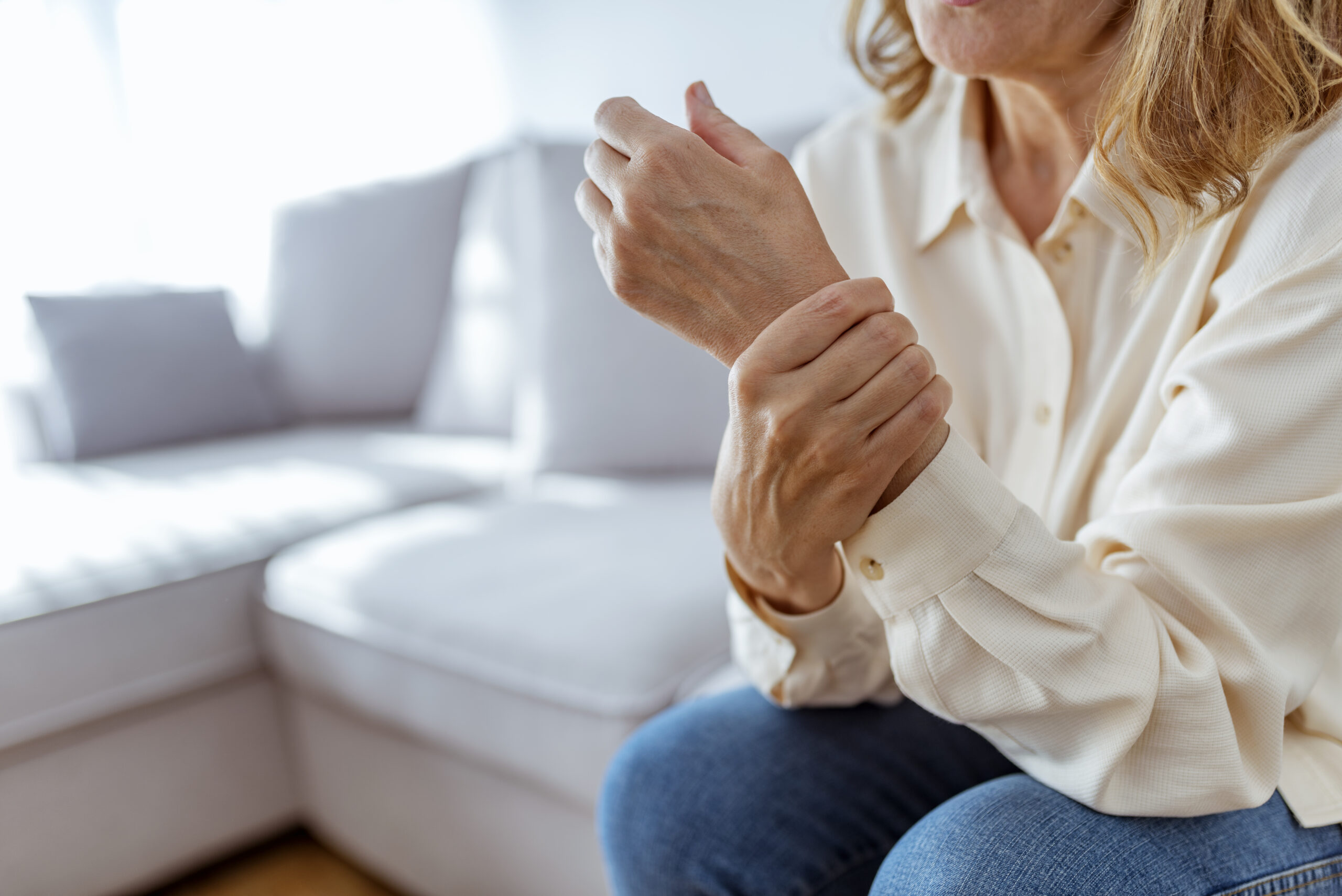Chronic pain is a prevalent and often debilitating condition that affects a significant portion of the senior citizen population worldwide. As individuals age, they are more likely to experience chronic health conditions such as arthritis, osteoporosis, neuropathy, and musculoskeletal disorders, all of which can contribute to persistent pain. Chronic pain in senior citizens not only diminishes quality of life but also poses challenges to daily functioning, independence, and overall well-being.
One of the primary contributors to chronic pain in seniors is age-related degeneration of the musculoskeletal system. Conditions such as osteoarthritis, rheumatoid arthritis, and degenerative disc disease become more common with age, leading to joint pain, stiffness, and limited mobility. Additionally, age-related changes in bone density and structure can increase the risk of fractures and chronic bone pain, particularly in individuals with osteoporosis or osteopenia. These musculoskeletal conditions can significantly impact seniors’ ability to perform activities of daily living, affecting their independence and overall quality of life.
Neuropathic pain is another common form of chronic pain experienced by senior citizens, often resulting from nerve damage or dysfunction. Conditions such as diabetic neuropathy, postherpetic neuralgia (shingles), and peripheral neuropathy can cause burning, tingling, or shooting pain in the extremities, making walking, standing, and even resting uncomfortable. Neuropathic pain can be particularly challenging to manage, as it may not respond well to traditional pain medications and often requires a multidisciplinary approach to treatment, including medications, physical therapy, and lifestyle modifications.
In addition to physical causes, chronic pain in senior citizens can also be influenced by psychosocial factors such as depression, anxiety, and social isolation. Coping with chronic pain can take a toll on seniors’ mental health, leading to feelings of frustration, helplessness, and hopelessness. Furthermore, chronic pain can disrupt sleep patterns, exacerbating fatigue and mood disturbances. Social isolation, which is already prevalent among many seniors, can be further exacerbated by chronic pain, as individuals may withdraw from social activities and interactions due to discomfort or limitations in mobility.
Effective management of chronic pain in senior citizens requires a comprehensive and individualized approach that addresses both the physical and psychosocial aspects of pain. This may include pharmacological interventions such as nonsteroidal anti-inflammatory drugs (NSAIDs), acetaminophen, opioids, and adjuvant medications for neuropathic pain. However, it’s essential to balance pain relief with potential side effects and risks, particularly in older adults who may be more susceptible to adverse drug reactions and interactions.
Nonpharmacological interventions also play a crucial role in managing chronic pain in senior citizens. Physical therapy, occupational therapy, and exercise programs can help improve strength, flexibility, and mobility, reducing pain and enhancing functional ability. Modalities such as heat therapy, cold therapy, massage, acupuncture, and transcutaneous electrical nerve stimulation (TENS) can provide additional pain relief and promote relaxation. Psychosocial interventions such as cognitive-behavioral therapy (CBT), relaxation techniques, and support groups can help seniors cope with the emotional and psychological impact of chronic pain, fostering resilience and improved well-being.
Furthermore, addressing underlying comorbidities and optimizing overall health can help reduce the severity and frequency of chronic pain episodes in senior citizens. This may involve managing chronic conditions such as diabetes, hypertension, and cardiovascular disease through medication management, lifestyle modifications, and regular medical monitoring. Encouraging seniors to maintain a healthy diet, engage in regular physical activity, and avoid smoking and excessive alcohol consumption can also support overall pain management and promote better health outcomes.
In conclusion, chronic pain is a complex and multifaceted issue that affects many senior citizens, impacting their physical, emotional, and social well-being. By taking a holistic approach to pain management that addresses both the physical and psychosocial aspects of pain, healthcare providers can help seniors effectively manage their symptoms and improve their quality of life. Through a combination of pharmacological interventions, nonpharmacological therapies, and lifestyle modifications, seniors can find relief from chronic pain and maintain their independence and vitality as they age.
